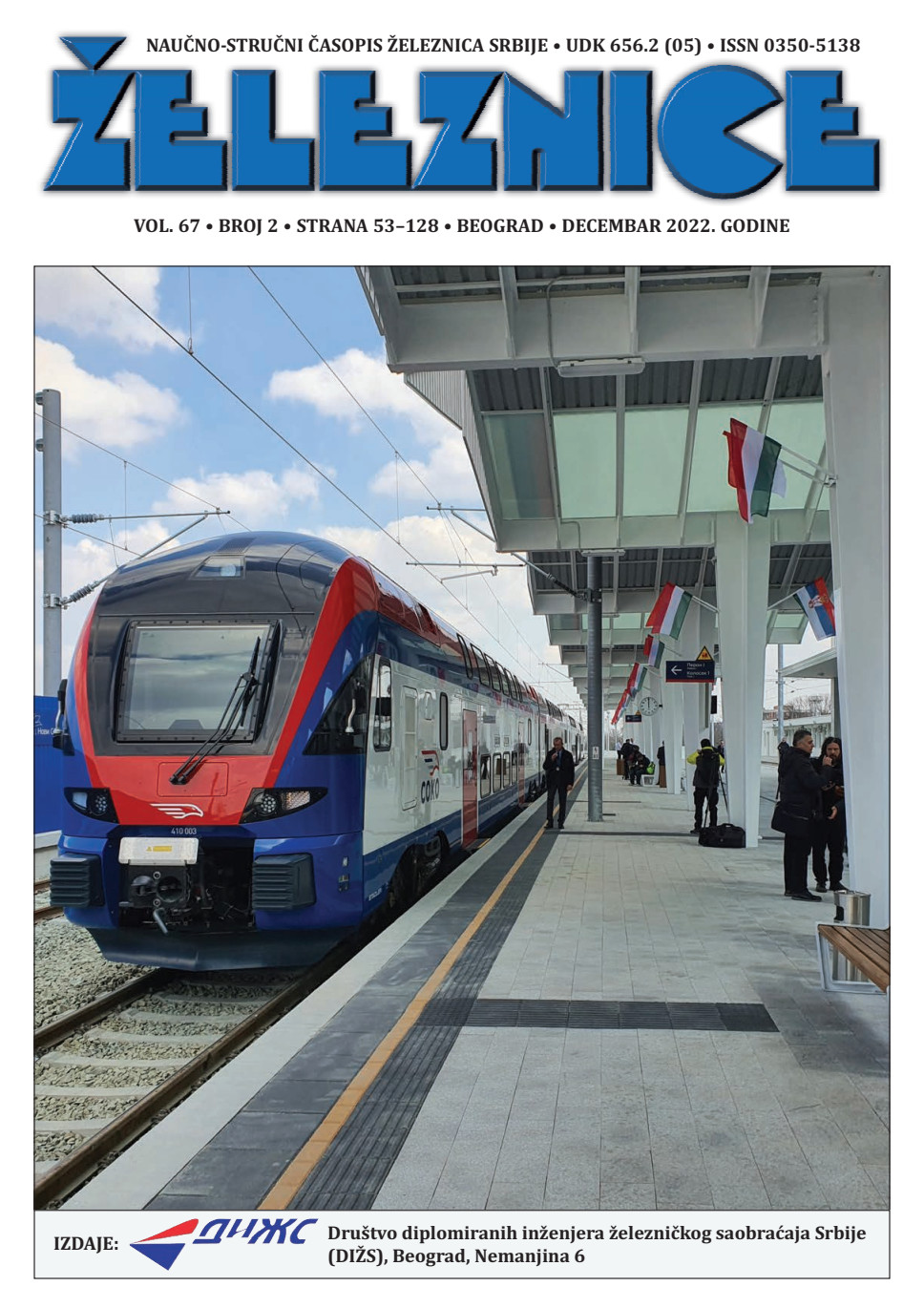TRAFFIC MODELS IN THE PLANNING OF PASSENGER TRANSPORTATION BY RAIL
Keywords:
traffic planning, public passenger transport, railways, traffic models, traffic organization, traffic exploitationAbstract
The mobility of the population in large cities has a negative effect on travel conditions and, therefore, on the quality of life in the city. The increase in traffic, especially motor vehicles, has a bad effect on the environment. In recent history, the movement has been subjected to social and economic pressure. In order for public urban transport (PUT) to maintain its role, political and financial support is needed, and above all, rational decisions and actions in planning, organization and exploitation. Planning passenger transportation by rail is a very complex and demanding process, because the factors that determine the organization and development of urban (suburban and regional) traffic are numerous and different, but as such it represents a great challenge for researchers and experts. The result is a large number of scientific and professional works, as well as studies dealing with this problem from different aspects.


